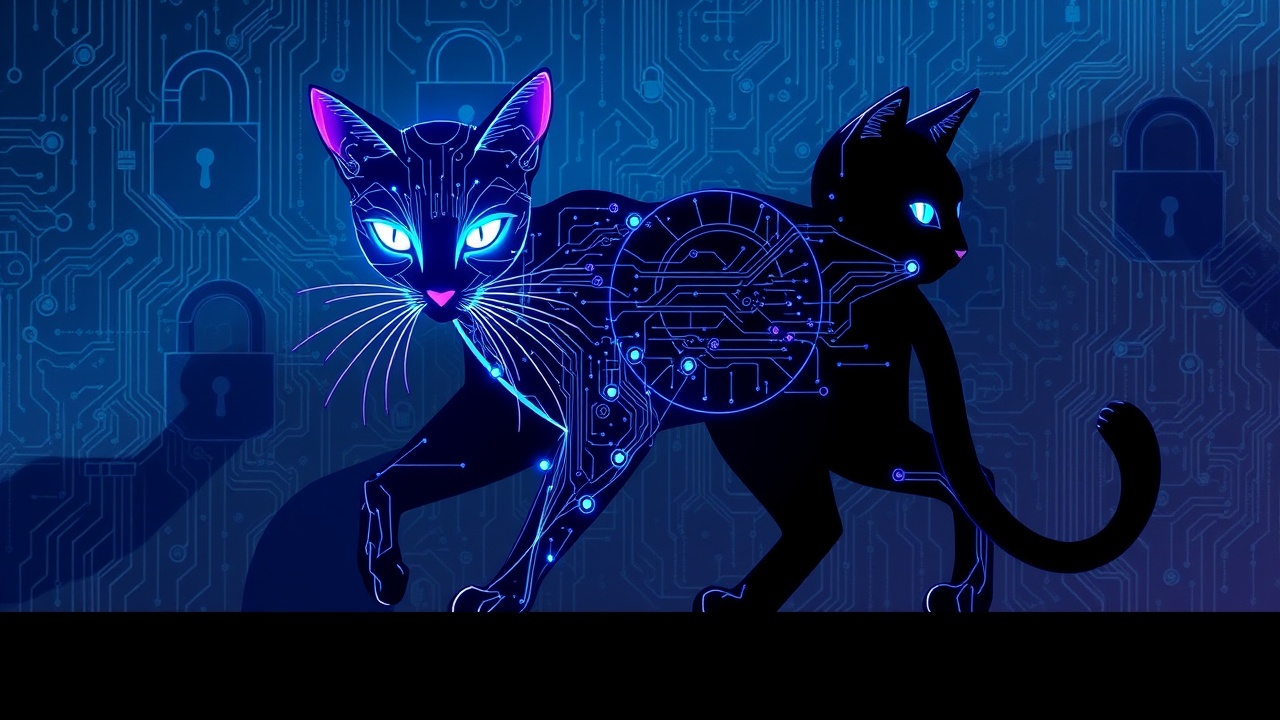IBM’s Advances in Quantum Computing
IBM has recently made significant strides in quantum computing, potentially alarming the cryptocurrency sector by inching closer to a scenario where Bitcoin’s encryption could be compromised. In a comprehensive study released earlier this month, the tech giant announced the successful creation of a remarkably stable entangled quantum state comprising 120 qubits, marking a notable advancement in this cutting-edge field. The paper, titled “Big Cats: Entanglement in 120 Qubits and Beyond,” illustrates a significant milestone in achieving genuine entanglement across all qubits, a development that could lead to developing quantum computers capable of challenging modern encryption methods in the future.
Research Highlights
The researchers emphasized their aim to assemble a large entangled state while minimizing circuit noise, utilizing complex techniques rooted in graph theory, stabilizer groups, and circuit uncomputation. This release comes amid fast-paced advancements in quantum technology, as companies compete to create practical quantum solutions. Notably, IBM’s recent achievement puts it ahead of Google Quantum AI, which had recently unveiled its 105-qubit Willow chip that completed a physics algorithm faster than any traditional computer simulation.
In their research, IBM’s team leveraged a class of quantum states known as Greenberger–Horne–Zeilinger (GHZ) states, often referred to as “cat states” in homage to Schrödinger’s hypothetical thought experiment. GHZ states are characterized by all qubits being in a superposition of both zero and one simultaneously. A shift in any qubit influences the others—a phenomenon beyond the reach of classical physics. The team noted the practical significance of GHZ states and their historical role as benchmarks across various quantum platforms, such as ions and photons, due to their extreme sensitivity to experimental imperfections.
Technical Achievements
To achieve this 120-qubit state, researchers utilized superconducting circuits along with an adaptive compiler that allowed for operation mapping to the least noisy chip regions. Furthermore, by temporarily uncomputing qubits that completed their function, they were able to stabilize them before reattaching, thus maintaining a coherent system.
The fidelity of the 120-qubit GHZ state was measured to be 0.56, showing sufficient evidence that the qubits maintained their interconnectedness. As a benchmark, a fidelity score of 1.0 denotes perfect operation, while a score of 0.5 confirms full quantum entanglement. Verifying these complex entangled states is beyond current computational capabilities; however, IBM implemented statistical methods, such as parity oscillation tests and Direct Fidelity Estimation, which can sample a fraction of the state’s measurable properties, to validate their findings.
Implications for Bitcoin Security
While IBM’s current quantum system does not pose an immediate threat to Bitcoin’s security, the results inch closer toward a reality where the 6.6 million Bitcoins—valued at roughly $767.28 billion—could be at risk. This concern is notably heightened for the coins owned by Bitcoin creator Satoshi Nakamoto, which remain untouched due to the mystery surrounding Nakamoto’s identity. Project 11, a group concerned with quantum threats, highlighted the dilemma posed by Satoshi’s coins, questioning their fate:
“Should we burn, redistribute, or allow a quantum computer to seize them?” stated Project 11 founder Alex Pruden.
Theoretically, if a Bitcoin address reveals its public key, a sufficiently advanced quantum computer could reconstruct it and successfully seize the funds before transaction confirmation. Even though IBM’s 120-qubit system isn’t capable of this yet, it signifies critical progress toward achieving a quantum system with that level of power. With ambitions to develop reliable systems by 2030 and other companies like Google and Quantinuum pursuing similar objectives, the timeline for a possible quantum threat to digital currencies is rapidly approaching.




